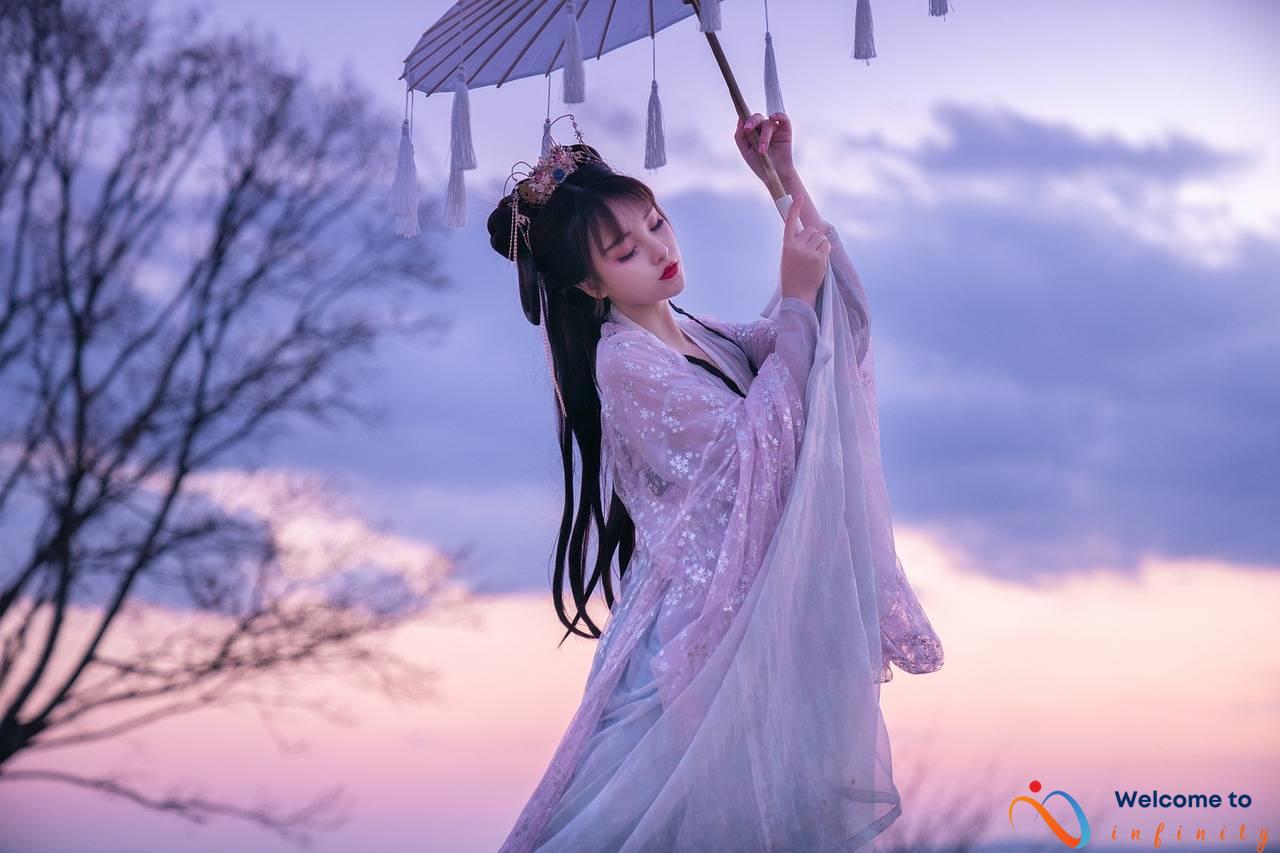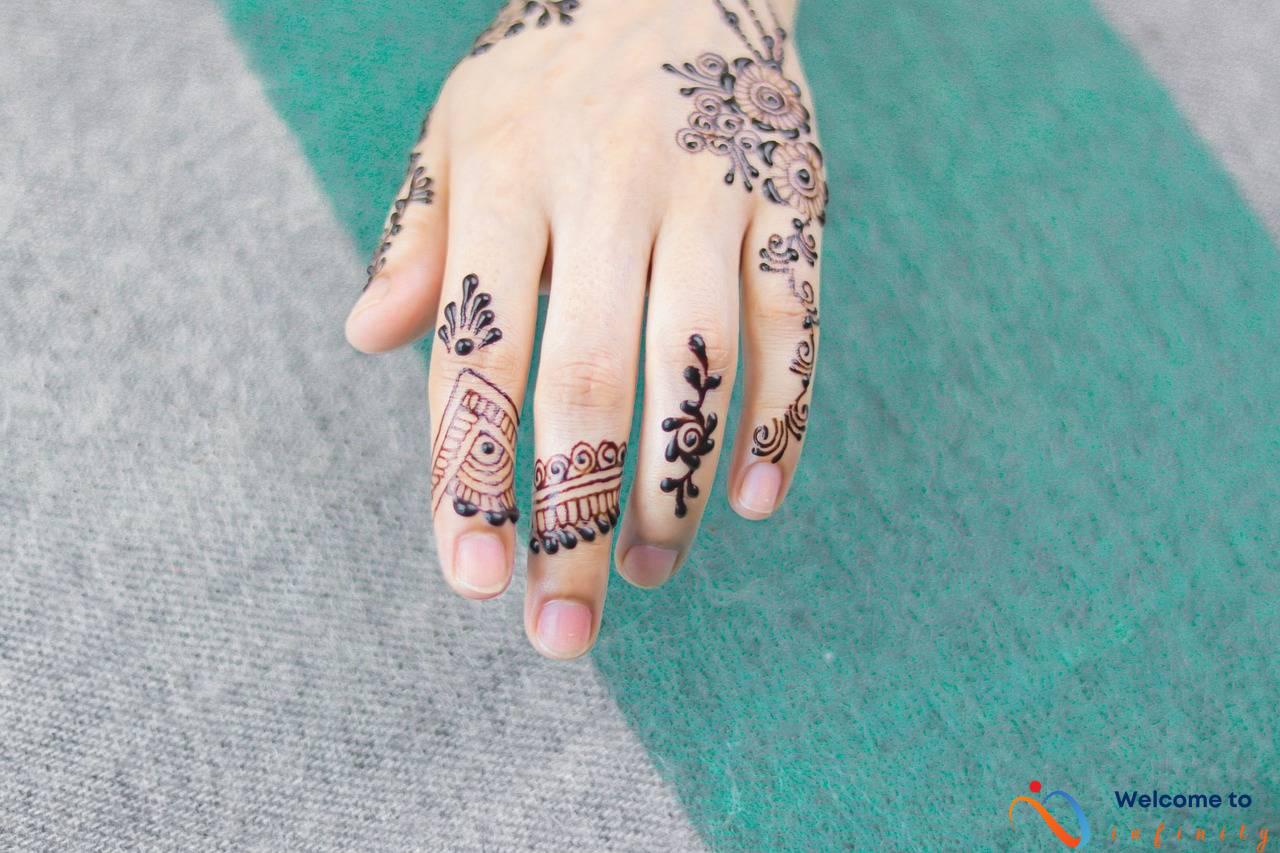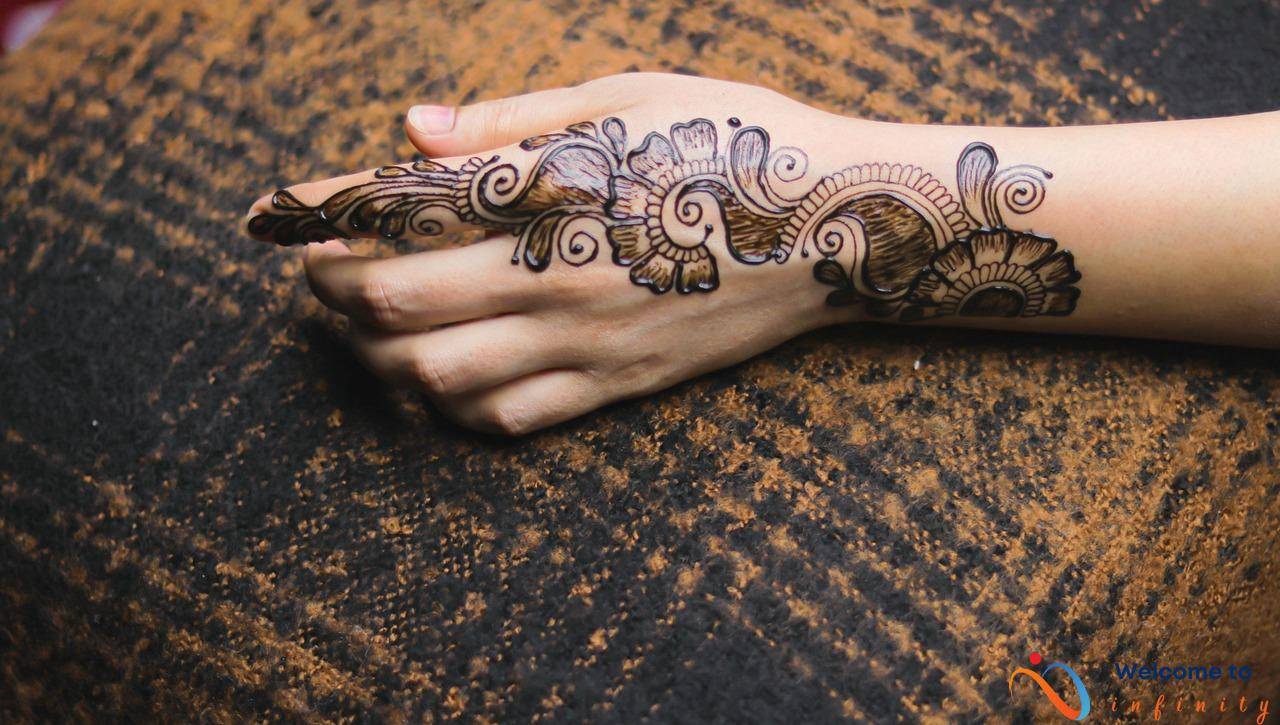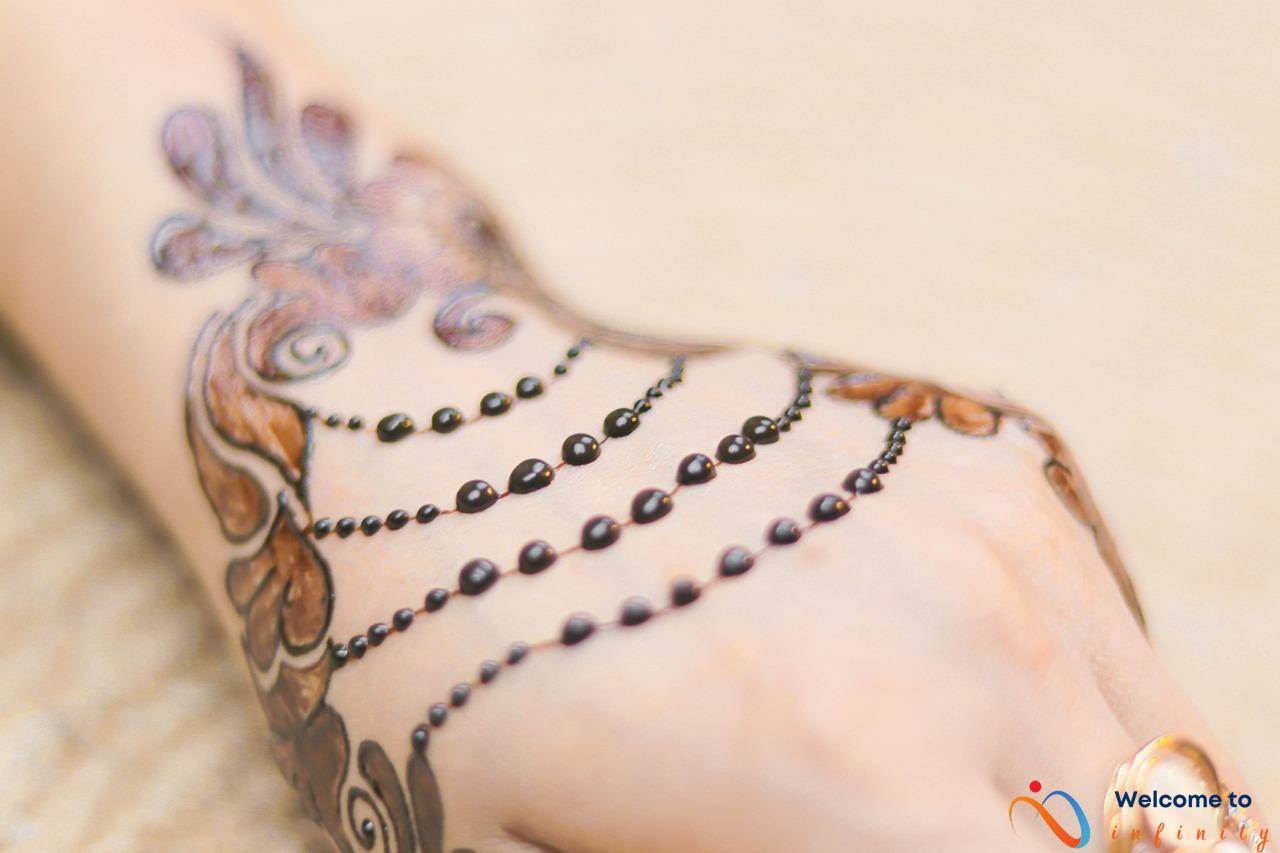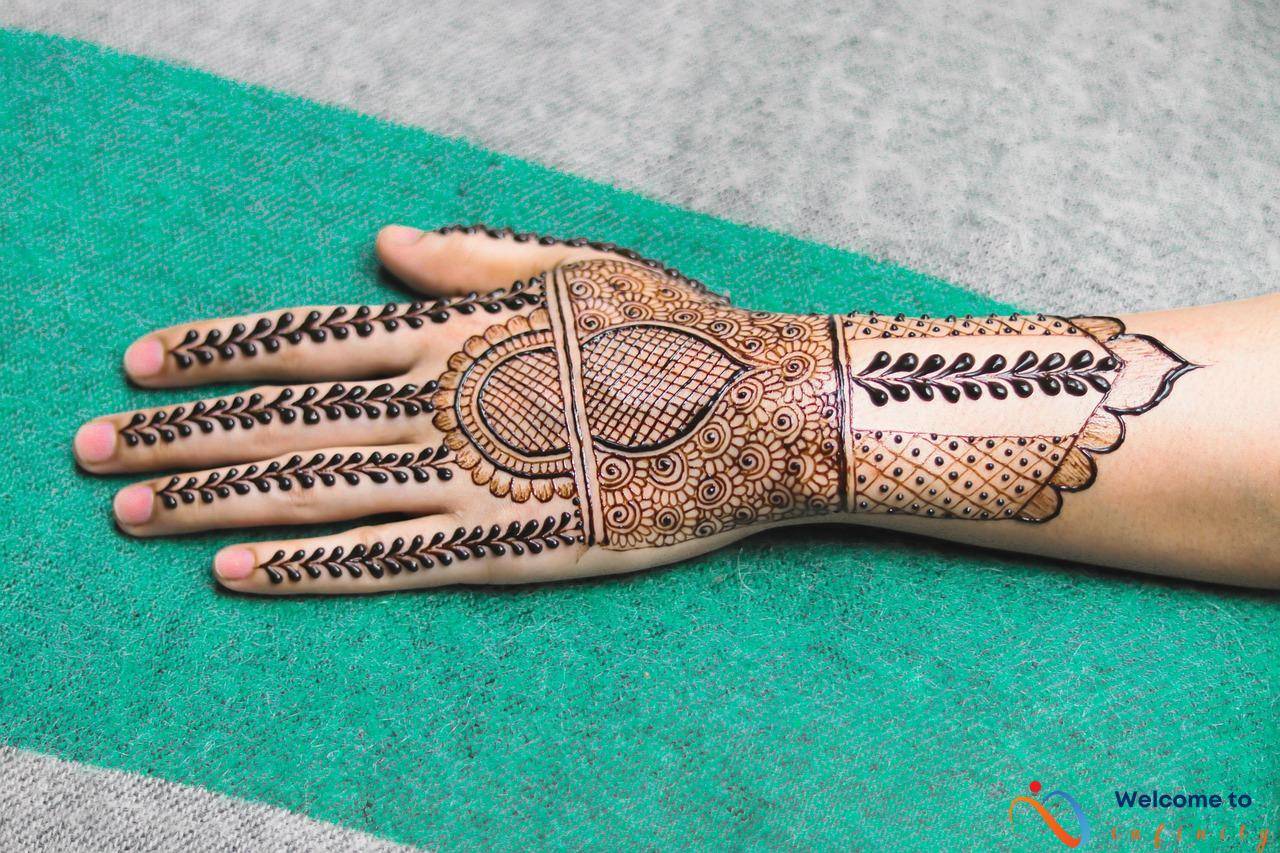Tattooing has a rich and diverse history that dates back thousands of years. From the earliest known examples of tattoos found on mummified remains to the modern form of art and self-expression, tattoos have come a long way in terms of cultural significance and social perception.
The earliest form of tattooing can be traced back to ancient Egypt, where mummies have been found with tattoos dating back to around 2000 BCE. These tattoos were believed to have a significance in the afterlife, with markings of the gods and sacred symbols being used to protect the individual in death. Similarly, the practice of tattooing was also common in ancient Japan, where tattoos were used to mark criminals and outcasts of society as a form of punishment.
In traditional cultures around the world, tattooing was a widespread practice that was used for cultural and religious reasons. These included tribes in the Americas, such as the Native American cultures, and indigenous peoples in Oceania, including the Maori and Samoans. Tattooing often played a symbolic role in these cultures, with designs representing major life events, beliefs, and statuses within the tribe or community.
Tattoos have evolved significantly over the years, from the machine-based tools used today to the traditional hand-tapping methods of the past. They have also gone from being a symbol of rebellion to a mainstream form of self-expression. Today, tattoos are often used to express one's identity, values, and personal beliefs. As technology continues to advance, the tattoo industry will also evolve in new and exciting ways.
The Earliest Form of Tattooing
The earliest form of tattooing dates back to ancient civilizations such as Egypt, where tattoos have been found on several mummies dating back to 2000 BCE. These tattoos were typically found on women and consisted of simple and abstract designs, such as dots and lines. In Egypt, tattoos were believed to have a magical significance and were used as a form of protection against disease and injury.
In other parts of the world, such as South America and Asia, tattoos were symbols of social status and were often reserved for nobility. In Japan, tattoos were used as a form of punishment for criminals, while in Polynesia, tattoos were used to symbolize strength and courage.
The significance of these early tattoos varied greatly across different cultures, but they all represented an important aspect of their respective societies. Tattoos were seen as a form of self-expression and served various purposes, such as communicating social status or reflecting deeply held religious beliefs.
- Interestingly, the oldest tattooed mummy in the world was found in the Italian Alps in 1991. It is believed to be approximately 5,200 years old and features more than 50 individual tattoos.
- Many of the tattoos found on ancient mummies were quite intricate and showed a great deal of skill on the part of the tattoo artist.
- In some cultures, tattoos were considered a mark of beauty and were highly sought after by both men and women.
These early examples of tattooing serve as a reminder of our shared cultural history and the importance of self-expression throughout the ages. They also demonstrate the enduring appeal of tattoos, which continue to be a popular form of individual expression in the modern era.
Tattoos in Traditional Cultures
Tattooing has a rich history that spans back millennia, and one of the earliest forms of tattooing can be found on mummies dating back to 3300 BC. However, it wasn't until tribal cultures emerged that the practice took on a deeper significance. Across the globe, indigenous cultures have used tattoos as a way to symbolize their beliefs and traditions.
One example of this can be found in the Maori culture of New Zealand. For the Maori, intricate facial tattoos are known as moko, and each design was unique to the individual. The tattoos were seen as a symbol of status, with high-ranking chiefs having elaborate designs that covered their entire faces. In contrast, those with less status would have smaller, simpler tattoos.
another example can be found in the Samoan culture, where tattoos were seen as a rite of passage from adolescence to adulthood. These tattoos, known as pe'a, covered the torso and upper leg and were a symbol of strength and masculinity. The tattoos were also believed to have healing powers, protecting the wearer from harm.
Native American tribes also had their own traditions when it came to tattooing. The Haida tribe of the Pacific Northwest would use tattoos to mark important life events, such as a successful hunt or battle. The designs were often animal or nature-inspired and were seen as a representation of their connection to the earth.
In traditional cultures, tattoos were more than just a fashion statement, they were deeply rooted in the culture's beliefs and traditions. Each design carried a unique meaning and significance, whether it was a symbol of status or a way to communicate with the spiritual realm. Today, while tattoos have become more mainstream, many individuals still seek out designs that pay homage to these cultural traditions.
The Spiritual and Symbolic Meaning of Tattoos
Tattoos have played an important role in traditional cultures across the globe, with designs often holding spiritual and symbolic meaning. These markings were not only seen as a form of body decoration, but also served a greater purpose in rituals and ceremonies.
For example, in the Polynesian culture, tattoos were believed to possess spiritual power and were used to protect the wearer from evil spirits. The Maori people of New Zealand also incorporated intricate designs into their tattoos to symbolize their tribal lineage and ancestral connections.
Similarly, Native American tribes used tattoos as a means of spiritual expression and to mark significant events, such as battles and tribal alliances. The designs on these tattoos were believed to hold symbolic meaning and were often passed down through generations.
The designs of these tattoos were carefully chosen and held deep significance for the wearer. They often symbolized important concepts such as strength, courage, and spirituality. While many traditional cultures no longer practice tattoos in this way, modern tattoo artists continue to incorporate these symbolic meanings into their designs.
Overall, the spiritual and symbolic meanings behind tattoos in traditional cultures add a layer of importance and depth to the act of tattooing. These markings were seen as much more than just decorative, but rather a symbol of identity, spiritual power, and cultural heritage.
Tattooing as a Rite of Passage
Tattooing has been utilized for centuries in different cultures to symbolize a transition from childhood to adulthood, marking an important rite of passage. In certain West African tribes, for example, tattoos were used as a way of commemorating a young person's initiation into adulthood. The markings represented a person's strength and courage, and were seen as evidence of their transformation from a child to an adult.
Similarly, in Polynesian cultures, tattoos were seen as a way of marking a person's transition from childhood to adulthood. Certain tattoos were reserved exclusively for men, while others were reserved exclusively for women. In both cases, these tattoos were seen as a way of signifying a person's readiness to take on the responsibilities of adulthood.
The process of getting a tattoo as a rite of passage was often a painful one, involving a combination of tattoo needles and other instruments. However, it was also a deeply meaningful experience, and one that was often celebrated with great ceremony and ritual. In many cultures, getting a tattoo was seen as a way of bonding with one's tribe or community, and of showing one's dedication to the group.
Today, the practice of tattooing as a rite of passage has largely fallen out of use in many cultures. However, tattoos are still used as a way of marking important life events, such as the birth of a child or the death of a loved one. In some cases, people may get tattoos to signify their commitment to a particular cause or belief. Whatever the reason for getting a tattoo, it remains a powerful form of individual expression and self-representation.
The Importance of Tattoo Placement
The placement of tattoos in traditional cultures was not just a matter of aesthetic preference, but rather served a significant communicative purpose. In many societies, tattoos were used as a means of identifying certain groups or social statuses. For example, Polynesian cultures often used tattoos as a way to distinguish between different tribes or families. Similarly, in some Native American communities, tattoos were used to signify an individual's achievements and position within the community.
The placement of tattoos was also important in terms of spiritual or symbolic meaning. For instance, in traditional Japanese tattooing, there are specific designs and placements that correspond with certain deities or aspects of nature. In Maori culture, tattoos were used to represent one's genealogy and heritage, with each design holding a deeper meaning and history.
Furthermore, the act of receiving a tattoo in many traditional cultures was a communal experience. In some Polynesian societies, for example, young men would receive tattoos together as a rite of passage into adulthood. The placement and design of these tattoos were carefully chosen to reflect each individual's unique heritage and personality.
Overall, the placement of tattoos in traditional cultures served as a way of communicating one's identity, history, and community involvement. It was an integral part of cultural practices and rituals, and held deep spiritual and symbolic significance. While the modern tattooing industry may focus more on individual expression and aesthetics, the historical importance of tattoo placement should not be overlooked.
The Rise of Modern Tattooing
As tattooing moved from a tribal practice to a form of individual expression, its popularity grew, leading to the emergence of the modern tattoo industry. The first tattoo parlor in the United States was established in New York City in the late 19th century, catering primarily to sailors and adventurous individuals.
Early tattoo machines, developed in the late 1800s, were primitive and required a high level of skill to operate. In the early 1900s, Samuel O'Reilly invented a modified version of the electric pen that allowed for more precise and efficient tattooing. This led to the widespread availability of tattoos, and by the mid-20th century, tattooing had become a part of mainstream culture.
However, tattoos remained largely stigmatized and associated with rebellion until the 1980s and '90s, when tattoos became more accepted and began to be seen as a form of self-expression. This shift ushered in a new era of tattooing, where styles and trends continued to evolve and the industry experienced a surge in popularity.
Today, tattoos are more popular than ever, with a wide variety of styles and techniques available. From traditional designs to intricate, hyper-realistic pieces, tattoos have become a means for individuals to express their identity and values. Advances in technology have further propelled the industry, with improved machines and ink making it easier and safer than ever to get tattooed.
Despite the widespread acceptance of tattoos in modern society, there are still controversies surrounding their appropriateness in certain settings, such as the workplace. Nevertheless, it is clear that tattooing has come a long way from its origins in ancient cultures and is likely to continue to evolve in the future.
Tattoos in Contemporary Society
In recent years, tattoos have become increasingly popular and widely accepted in society. What was once seen as a symbol of rebellion and counterculture has evolved into a mainstream form of self-expression. Today, people from all walks of life are getting tattoos to commemorate important events in their lives, express their beliefs and values, or simply enhance their personal style.
One trend that has become popular in contemporary tattoo culture is minimalism. Simple, delicate designs such as geometric shapes, line drawings, and small symbols have gained popularity, with many people opting for smaller, more discreet tattoos. Another trend is watercolor tattoos, which emulate the style of watercolor paintings and use splashes of color to create unique and artistic designs.
The rise of social media has also contributed to the popularity of tattoos in contemporary society. Many people share pictures of their tattoos online, showcasing their unique designs and inspiring others to get inked themselves. Tattoo artists have also become social media influencers, sharing their work and attracting new clients through their online following.
Despite their increasing popularity, tattoos still remain controversial in some circles. Some employers and workplaces still have strict rules against visible tattoos, and there are ongoing debates around discrimination against people with tattoos. However, the growing acceptance of tattoos in society shows that they have come a long way from their rebellious roots.
Overall, tattoos in contemporary society represent a form of self-expression that allows individuals to showcase their creativity, beliefs, and personal style. With new trends and styles emerging every year, tattoos continue to be a dynamic and evolving art form.
The Role of Tattoos in Identity Formation
Tattoos have become an increasingly popular form of self-expression, with many individuals using them as a means to express their identity and values. In contemporary society, tattoos are considered a form of body art and are often seen as a way for individuals to display their creativity.
One of the reasons tattoos are so popular is that they are deeply personal. Each design is unique to the individual and can hold significant meaning. Tattoos have become a way for individuals to express their identity and values, as well as their life experiences.
The design of a tattoo can often hold significant meaning for the individual. For example, someone may choose a design that is representative of their cultural heritage or a symbol that represents a personal belief or value. The process of getting a tattoo can also be significant for individuals, as it can be a way to mark a significant life event or transition.
Tattoos can also serve as a form of personal affirmation. For many individuals, getting a tattoo can be a way to remind themselves of their strengths and values. The design can act as a visual reminder of their personal journey and accomplishments.
Overall, tattoos have become an important form of identity formation. Whether as a form of self-expression, personal affirmation or reminder, or a means to express values and beliefs, tattoos continue to serve as a powerful means for individuals to express their unique identity.
The Future of Tattooing
The future of tattooing is bright, with rapid advancements in technology improving both the safety and precision of the art form. There has been a surge in demand for tattoos in recent years, with more people embracing them as a form of self-expression. Advancements in ink, machines, and aftercare products have made tattoos safer and more accessible to people of all skin types.
One current controversy surrounding tattoos is that they can hinder job opportunities. Many employers still have strict policies regarding visible tattoos, which can limit job prospects for tattooed individuals. However, as tattoos become more normalized in society, it is possible that these policies will change.
In terms of design trends, minimalism and fine line tattoos are becoming increasingly popular. In the future, it is likely that more people will opt for smaller, simpler designs as tattoos continue to become more mainstream. However, traditional and tribal designs will always hold cultural significance and be popular among those who value their meanings.
Another significant change in the industry is the increased awareness and focus on tattoo aftercare. There are now a plethora of aftercare products available, making it easier for people to care for their tattoos and keep them looking vibrant for longer. Additionally, there is a growing trend of eco-friendly and vegan ink options, making tattoos more sustainable and ethical for those who prioritize these values.
Overall, the future of tattooing looks bright and promising. With advancements in technology, increased acceptance in society, and a growing focus on safety and aftercare, tattoos are becoming more accessible and popular than ever before. As the industry continues to evolve, we can expect to see even more exciting changes in the world of tattoos.


